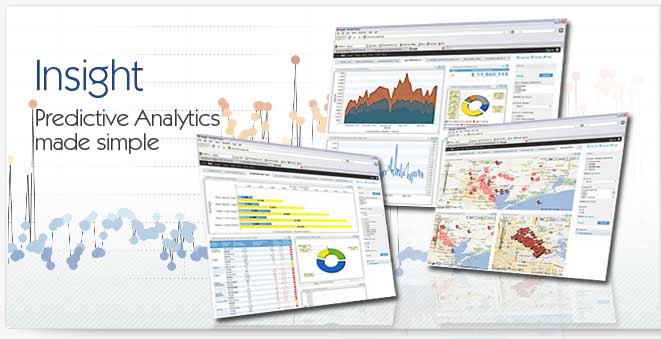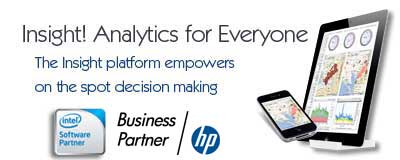Data Integration Tool
A data integration tool is a term used to describe a piece of software that will allow you to integrate two or more systems. A data integration tool is often composed of different modules, including a mapping module that allows you to create "maps" that are then used by an "engine" during the process of moving data from one system to another. A data integration tool is a basic enabling technology for the process of data integration. In such a process a data integration tool is used to dynamically send data from one system (for example a CRM system) to another system (for example an ERP system). As your organization begins to evaluate the need for a data integration process you will eventually need to evaluate and purchase a data integration tool.
How Much Will a Data Integration Tool Cost?
The first question most small and mid-sized businesses face when thinking of integration is the cost of the data integration tool. For organizations that have not experience integration projects, there is a tendency to believe that the biggest cost factor will be in the tool itself. The truth however is that it is often likely for the data integration tool to only make up 20% of the total cost of the project - with the remaining 80% being spent on services and training. This misconception is the biggest reason why projects involving a data integration tool are most likely to get abandoned or to be completed at a significant cost overrun.
Keeping your Data Integration Tool Costs Low
In order to ensure that your data integration project is completed on time and on budget there are a number of important steps to make during the selection process of your data integration tool. The first thing to realize is that the data integration tool you purchase will be supported and probably to some extent used by the company that sold it to you. For this reason when selecting a data integration tool it's as important to ensure you are dealing with the right company as it is to evaluate the data integration tool itself. As you evaluate the vendor be sure to consider their experience in the field, ask if you can speak to a customer reference and be sure to find out if the service quotes you receive are "firm, fixed price" or "best faith estimate" quotes.
Firm Fixed Pricing On Data Integration Tools
One of the most common reasons for cost overruns in the purchase of data integration tools is what is known as a "best faith estimate." It's common practice for data integration vendors to quote services using these types of quotes. The "best faith" part means that while the original services quote might be very low, as they get to understand your project in more detail they reserve the right to charge you more money. As a small or mid-sized organization you should always work with companies like EMANIO that provide firm fixed pricing that does not change unless the scope of the project changes. By understanding the quoting process and the advantages of data integration tools you can make a sound decision that will mean the best possible outcome for your business.
Long Term Success with Data Integration Tool
A last important element of planning is to ensure that you have a strategy to ensure you retain long-term expertise in the use of your data integration tool. A data integration tool is typically going to be used sporadically but for very large projects. In between such projects it may be easy to not realize that staff will leave your company or move on to other departments. Ensuring that your data conversion tool expertise is consistently re-evaluated and made redundant is going to be a key critical step to ensuring long-term success in the use of your data integration tool.
|



